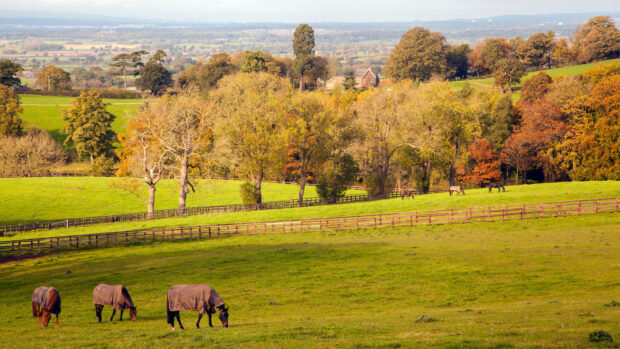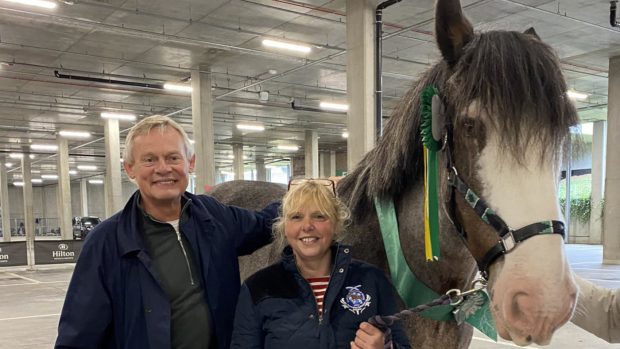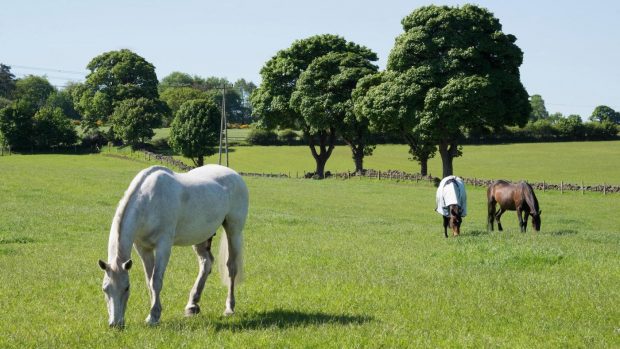Vets and owners are playing a “crucial role” in grass sickness research, as it is hoped a project launched this year could hold the “key” to understanding the disease.
In May, as a result of the Moredun’s Centenary Fellowship Project, a research fellowship was formed, funded by the Moredun Foundation and the Equine Grass Sickness Fund (EGSF), with support from the British Horse Society (BHS). Researcher Kathy Geyer was recruited and led a project to launch a biobank to collect samples from horses and soil, in the hope of providing more information to understand the risk factors of the disease.
An EGSF spokesman said previous research into the disease had been hindered by a lack of suitable samples, but since the launch of the biobank owners and vets are now playing a “crucial role”. To date, more than 1,000 biological and environmental samples have been collected.
“The success of the biobank project in its first season has been remarkable, thanks to the hard work of the team, partner organisations, volunteers and the growing network of equine vets and owners, who support the biobank by sending samples in and raising awareness of the project,” said an EGSF spokesman.
“We will continue to add to this over the next two seasons, so researchers have access to sufficient samples to make their research impactful. The support we have had from the horse industry, particularly the BHS, World Horse Welfare and Balmoral Stud’s stud manager Sylvia Ormiston, has been outstanding and very much appreciated. We are also working hard to encourage all vets and horse owners, throughout the UK and beyond, to support our biobank project.”
The next stage of the research will launch next year, with the Moredun Foundation and EGSF “teaming up” at a research event with scientists from a wide range of disciplines in the hope of “making a breakthrough”.
“It is highly likely that the key to this disease lies within these biobank samples, if we can ask the right questions,” said the spokesman.
“Due to the nature of this fresh approach, by making the project accessible to everyone with an interest in solving this devastating disease, we will continue to expand our networks and initiate multi-disciplinary, collaborative research projects to find answers to this devastating disease and to improve the health and welfare of equines.”
You might also be interested in:

Grass sickness: how new research is shedding light on the disease

Call for owners to play ‘crucial’ role in equine grass sickness research
A new equine grass sickness ‘biobank’ has been formed, containing samples from horses and soil samples, that will play a

5 reasons why a subscription to HorseandHound.co.uk makes the perfect last-minute gift
Horse & Hound magazine, out every Thursday, is packed with all the latest news and reports, as well as interviews, specials, nostalgia, vet and training advice. Find how you can enjoy the magazine delivered to your door every week, plus options to upgrade your subscription to access our online service that brings you breaking news and reports as well as other benefits.




